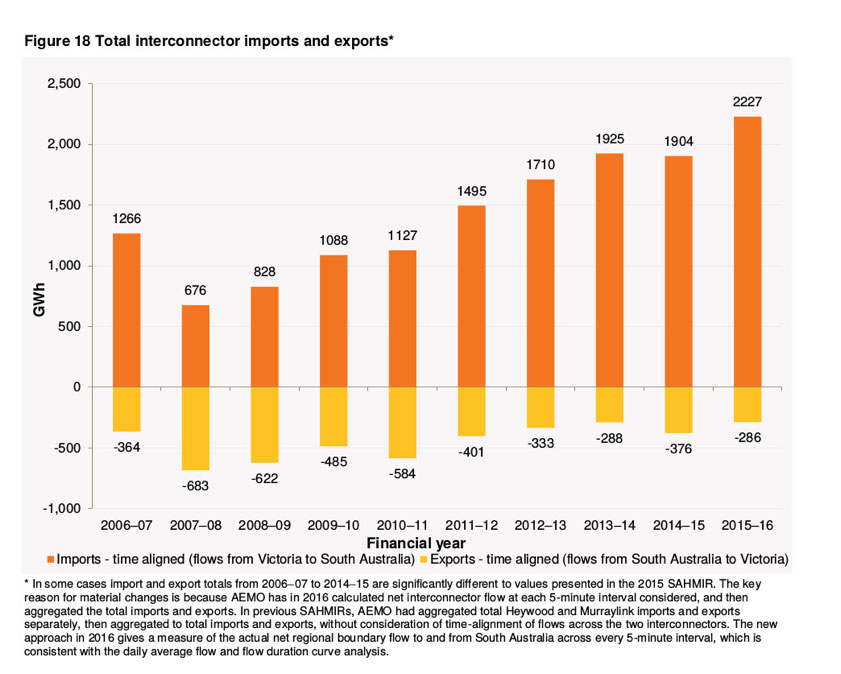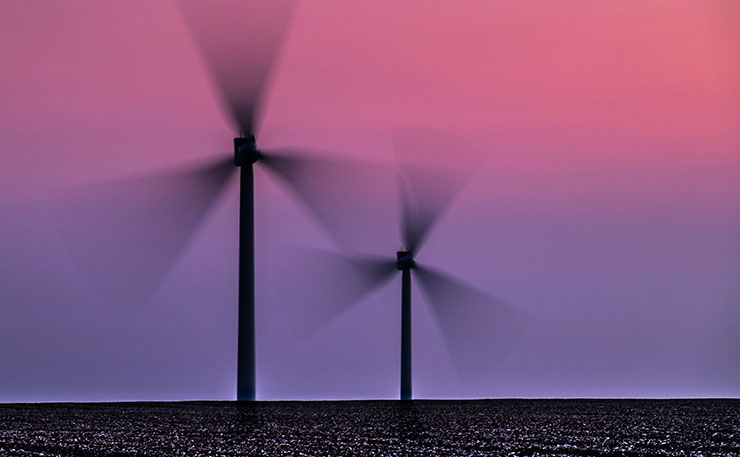New Matilda columnist Geoff Russell explains why South Australia blacked out, and why the issue won’t go away.
The big talking point in the wake of the last heat wave was whether Malcolm ‘Trumble’ Turnbull had ignored public service advice that the mix of energy in SA wasn’t the cause of the last year’s statewide blackout.
Prime Ministers should listen to public service advice… but they also need to due diligence on that advice… as does the public service… as do the journalists making this into a story.
So let’s check the SMH article from Monday: “AEMO’s advice is that the generation mix (ie. renewable or fossil fuel) was not to blame for yesterday’s events … it was the loss of 1000 MW of power in such a short space of time as the transmission lines fell over.”.
Oops. “yesterday” is the first clue that something is amiss and the “1000 MW” is the second clue… but one that would have been lost on anybody who doesn’t think quantitatively.
This Fairfax manufactured shit storm is about old advice. The blackout was on the 28th of September 2016. AEMO’s preliminary report was 5 days later on the 3th of October. On the 11th of October they updated that report.
Somebody in the public service seems to have found somebody at AEMO prepared to stick their neck out and give an opinion on the 29th of September about what had happened and why, and this is now being recycled without reference to what actually happened.
It’s a military maxim that the first report is always wrong. And that AEMO advice is no exception.
Let’s recap on exactly what happened based upon the actual reports written after people knew what had happened, rather than before. First a little background on South Australia’s electricity system.
We had about 6,000 mega watts (MW) of capacity in 2015-16; which means when all of these sources of electricity were running flat out, we could light up about 60 million 100 watt globes. But because about 2200 MW of this capacity is wind and solar PV, then that would be impossible except perhaps on a hot and very widely windy day. On a windless night, that 2200 MW will produce bugger all. Since then, we have lost about 1,000 MW of baseload capacity. The word baseload is a little misleading, the right word is despatchable… meaning you can choose when you want it rather than with wind and solar, which operate according to the whims of the wind and weather.
Our maximum demand is only about 3,400 MW, but because of our high renewable mix, we not only need interconnectors to handle windless nights, we needed to upgrade the biggest of these in 2016. The flow of electricity into South Australia over the past decade has been steadily growing as our despatchable power stations close.

If all of our 4,800 mega watts was despatchable power, then we’d never need either of our interconnectors; Murraylink (220 MW) and Heywood (recently upgraded to 650 MW).
On the 28th of September, the Heywood interconnector was supplying 500 MW with Murraylink running at 110 MW. When the storm knocked over the transmission towers and some wind farms shut down, the system lost 445 MW of capacity.
Imagine sucking a drink through three straws and one of them blocks, then the suck on the other two rises. This is what happened when the wind farms shut down; the combined demand, the suck, was transferred to the interconnectors. Remember, Heywood was upgraded to handle a 650 MW suck and was running at 500 MW. When the wind farms died, the suck on Heywood surged to 850 MW and it turned itself off to prevent catastrophic damage. The rest is history; a cascade of failures.
Had we had 4,800 mega watts of despatchable power, then we wouldn’t have had such a load on the interconnectors and they would easily have had the capacity to absorb the additional load when the wind farms shutdown.
Was the SA generation mix a factor in the blackout? Of course. Are there generation mixes which would have prevented it? Of course; I just gave one.
The great thing about the interconnectors is precisely that they can function to satisfy demand during the loss of capacity. But if that function isn’t available because your interconnectors are already saturated making up for renewables which aren’t currently doing much, then you have a problem.
What enrages me so much about the debate on this issue is that everybody has an opinion about why the blackout occurred without understanding what actually happened. If you don’t know the simple facts of what happened, they how can you imagine you understand why?
I’ve deliberately ignored important things like frequency control and spinning reserves in an effort to keep things simple. But our renewable mix has various other complicated effects on our grid to make it less robust in the face of disturbances.
The short-term answer to our problems is to change the NEM rules which discriminate against despatchable systems. This will allow gas operators to make money and stay running. This will also allow investment in clean despatchable systems, meaning nuclear, that can solve both our reliability and climate problems simultaneously. Remember, the main reason that the Nuclear Fuel Cycle Royal Commission found that nuclear would be uneconomic in SA is that under the current NEM rules, all despatchable power is uneconomic. When reliability isn’t considered worthy of a price premium then it will vanish, exactly as we have seen.
A better answer still is to actually plan our electricity system. How often do markets have to screw up before people wake up that the method used all over the planets by large and small corporations to solve problems actually works; it’s called planning.
Governments used to know something about it.
Donate To New Matilda
New Matilda is a small, independent media outlet. We survive through reader contributions, and never losing a lawsuit. If you got something from this article, giving something back helps us to continue speaking truth to power. Every little bit counts.





